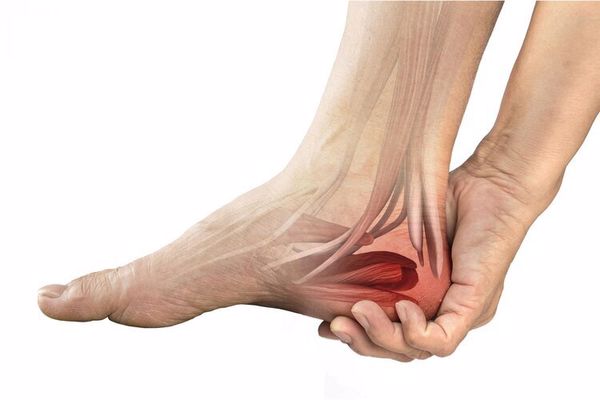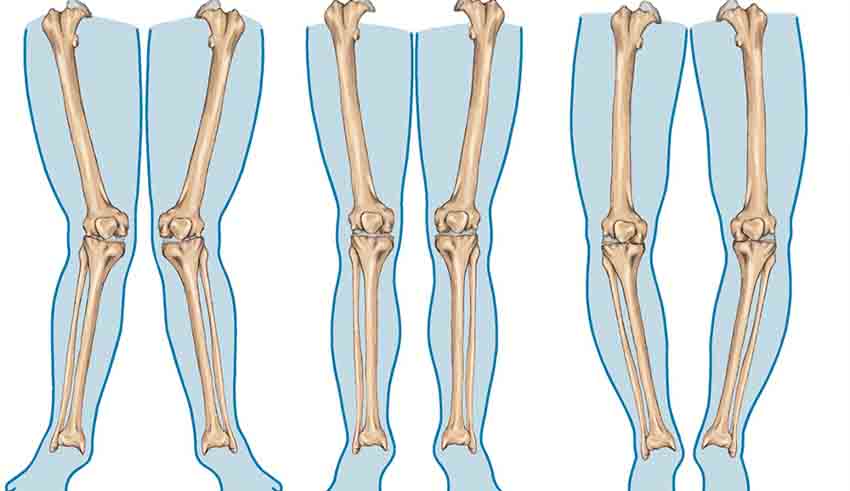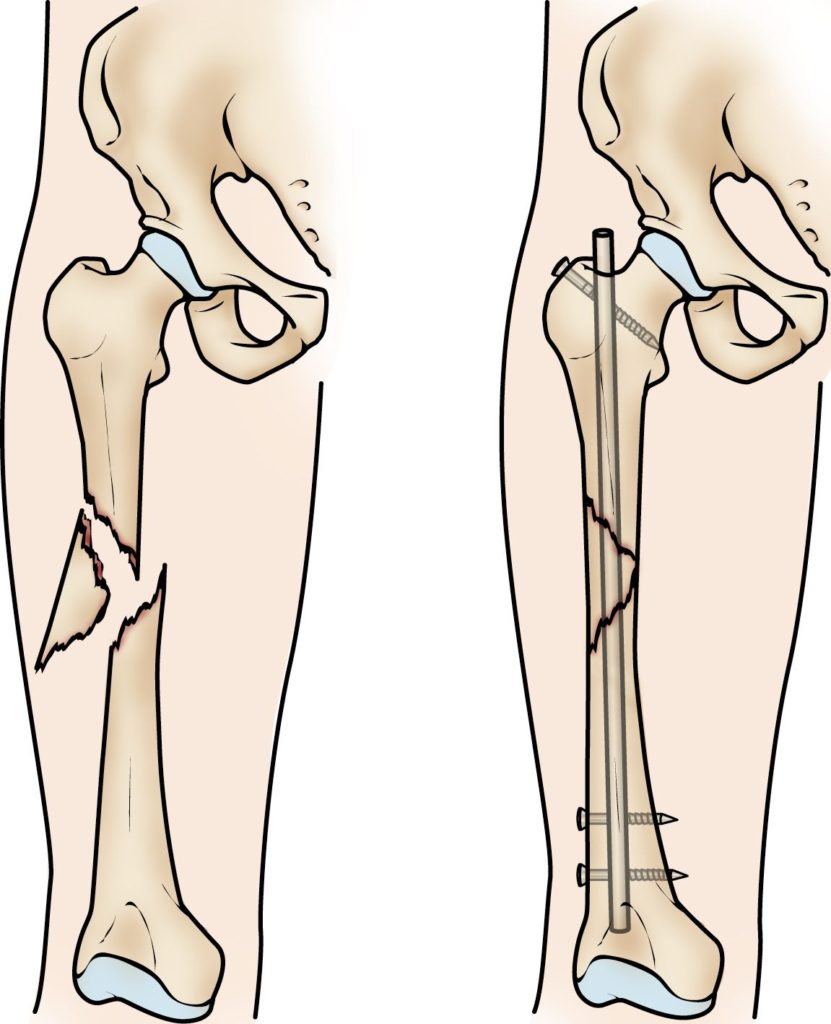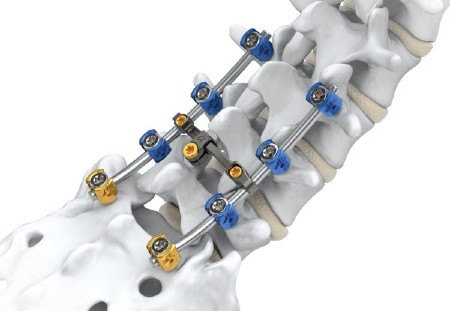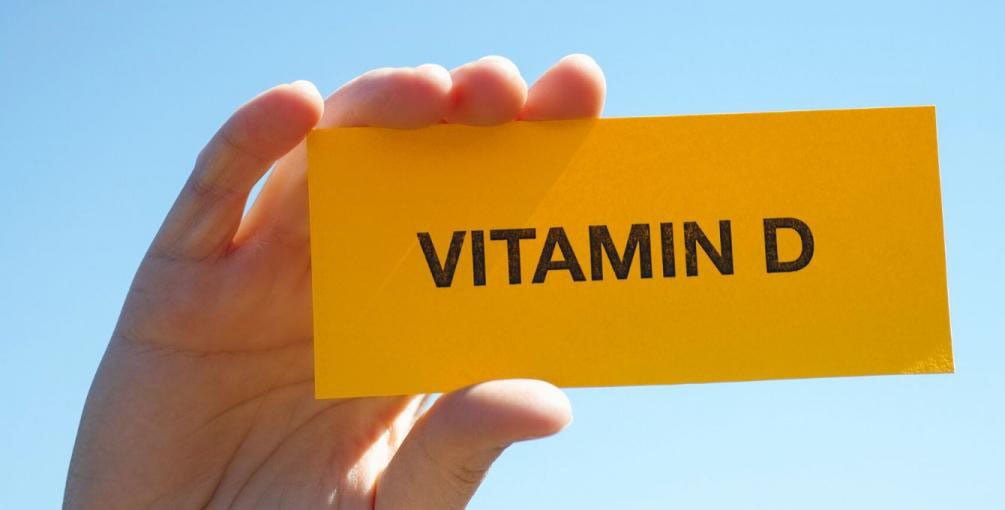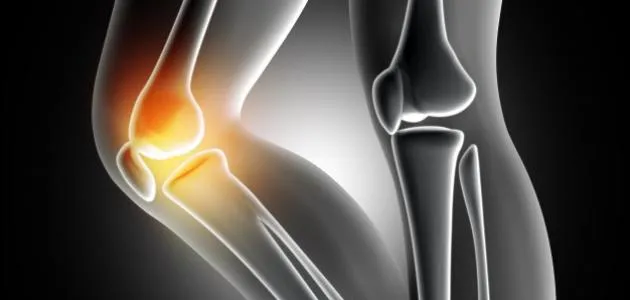What is the Treatment for Back, Neck, and Shoulder Pain? And Does Vitamin D Deficiency Cause Neck Pain?
Back, Neck, and Shoulder Pain Treatment
When people suffer from back, neck, and shoulder pain, it can be a significant source of discomfort and negatively impact daily life. Pain usually stems from issues in the musculoskeletal system, including bones, muscles, and the supporting ligaments. Although pain in these areas is common among individuals over thirty, effective treatment is available.
In this article, we will review various methods for treating back, neck, and shoulder pain. Recommendations will include core strengthening exercises, muscle stretching, the use of supports and assistive devices, and posture improvement techniques. We will also explore some medications and natural remedies that can be used to alleviate pain and improve overall condition.
Effective Exercises
- Core Strengthening Exercises: This includes strengthening the abdominal and back muscles to improve overall spinal stability.
- Muscle Stretching Exercises: Exercises such as vertical stretching and neck stretching to improve muscle flexibility and relieve tension.
- Posture Improvement Exercises: These exercises involve positioning yourself in a healthy posture while sitting and standing, and avoiding long periods of standing and sitting without a break.
Using Supports and Assistive Devices
- Back Supports: Can be used to provide additional spinal support and relieve pressure on the muscles.
- Neck Pillows: Used to offer support and improve posture while sleeping or sitting.
- Adhesive Belts: Can be utilized to provide support and relieve tension in a specific area of the back or neck.
Physical Therapy
- Heat Therapy: Can be used to warm up muscles and improve blood circulation, such as using hot packs or hot water bottles.
- Massage: Massage can be employed to ease muscle tension and improve blood flow.
- Lifestyle Changes: By regularly switching sitting and movement postures, the likelihood of experiencing pain in these areas can be reduced.
Medications
- Pain Relievers: Nonsteroidal anti-inflammatory drugs (NSAIDs) like ibuprofen can be used to alleviate pain and reduce inflammation.
- Prescription Medications: The doctor may prescribe other medications such as muscle relaxants or antidepressants to treat chronic back and neck pain.
Regardless of the treatment method chosen, it is important to consult a doctor before starting any treatment regimen. It’s also crucial to get an accurate diagnosis to understand the real cause behind the pain.
When choosing the appropriate treatment, individual symptoms and overall health conditions should be taken into account. Care should be taken to regularly perform exercises and follow treatment directions for the best results.
Ultimately, alleviating pain and improving the overall condition of the back, neck, and shoulders should be considered important. Treatment may take time and patience, but it can lead to significant improvement in overall quality of life.
What are the Causes of Neck and Back Pain?
Neck and back pain are common health issues that many people suffer from. The pain can reduce the quality of life and affect the ability to perform daily activities. There could be several potential causes of neck and back pain, and we will review some of the most important causes in this article.
- Muscle Strain or Sprain: Wear and tear in the muscles around the neck and back can occur due to factors like continuous sitting in an incorrect posture or overexertion in physical activity. This can cause muscle contractions and spasms, leading to pain.
- Spinal Deformities: Deformities in the spine appear as curvature or twisting of the vertebrae. These deformities can result from factors such as aging, the impact of previous injuries, or chronic muscle tension issues.
- Nerve Compression: Nerve compression occurs when nerves experience excessive pressure or are surrounded by tight tissues in the neck and back area. This problem can result from spinal canal narrowing, slipped vertebrae, or the formation of compressive tumors.
- Arthritis: The joint may suffer from chronic inflammation due to diseases like rheumatoid arthritis or osteoarthritis. This inflammation can cause swelling and pain in the joints, including those in the neck and back.
- Disc Diseases: Disc diseases cause damage to the discs between the vertebrae, leading to increased friction of the vertebrae and irritation of the surrounding nerves. This damage can occur due to aging, injuries, or genetic factors.
- Injury: Trauma or injuries to the neck and back can impact the tissues and bones in the area, leading to pain.
Diagnosis and Treatment of Neck and Back Pain
Diagnosing neck and back pain relies on a comprehensive medical history review and a thorough physical examination, in addition to using X-rays or CT scans when necessary.
Treatment options vary depending on the cause and severity of the pain and may include physical therapy, applying ice or heat, muscle strengthening, and releasing exercises, as well as taking pain-relieving medications. In some cases, surgery may be needed to treat the underlying issue.
In conclusion, maintaining a healthy lifestyle and regularly exercising, along with following health prevention recommendations such as adjusting sitting posture and avoiding overexertion, can help prevent and alleviate neck and back pain. If the pain persists or worsens, it is advised to visit a doctor for necessary diagnosis and treatment.
What Causes Pain in the Back of the Neck and Shoulders?
Neck and shoulder pain are common health issues experienced by many people of different ages. This pain can be painful and bothersome, and it may affect the quality of daily life and performance in work and routine activities. Understanding the causes of neck and shoulder pain helps in determining the appropriate treatment and taking necessary precautions to prevent the onset of this pain.
The causes of neck and shoulder pain are categorized in several different ways, as some people suffer from pain in both the neck and shoulders together, while others suffer from pain in only one of these areas. Here are some common causes of neck and shoulder pain:
- Improper Body Posture: Neck and shoulder pain can result from an improper body posture while sitting, standing, or sleeping. For example, bending over a computer for long periods can lead to strain on the neck and shoulder muscles, causing pain.
- Osteoarthritis: Osteoarthritis is one of the most common causes of neck pain. This inflammation occurs due to the wear and tear of joints and bones in the neck area, leading to pain and restricted neck movement.
- Bone and Joint Deformities: Deformities in bones and joints can cause pain in the neck and shoulders. For example, bone spurs and slipped discs can affect the nerves branching from the spinal cord and cause pain.
- Injuries: Neck and shoulder pain can be the result of injuries, such as car accidents or falls from a height. These injuries can lead to muscle tears or joint sprains, causing pain.
- Soft Tissue Pain: Pain in the soft tissues in muscles, tendons, and ligaments can result from acute or chronic muscle strain. This strain can occur due to improper body posture or overuse of muscles.
Diagnosing neck and shoulder pain typically requires medical consultation and some tests. Common diagnostic methods include:
- X-rays: Used to detect changes in the skeletal structure and deformities in joints.
- Magnetic Resonance Imaging (MRI): Used to detail the internal structure of nerves, tendons, and muscles in the neck and shoulder area.
- Electrophysiological Diagnostic Studies: Used to measure the electrical activity in muscles and nerve conduction speed, which can help diagnose potential nerve problems.
Treatment of neck and shoulder pain depends on the cause and severity of the pain. Common treatment methods include:
- Medications: Topical or oral pain relievers can be administered to alleviate neck and shoulder pain. This includes anti-inflammatory medications and painkillers.
- Self-care Measures: Pain can be avoided or alleviated through some changes in daily routines, such as improving body posture and practicing appropriate exercises.
- Physical Therapy: Physical therapy is a common option for treating neck and shoulder pain. This includes neck and shoulder massages, stretching, and strengthening exercises.
- Surgery: In rare cases, when the cause of pain is nerve root injury or interference with the spinal cord, surgery may be necessary to treat the issue.
Preventing neck and shoulder pain requires taking some precautions and following a healthy lifestyle. It is advised to avoid sitting for long periods in front of the computer and maintain a correct posture while sitting and sleeping. It is also recommended to avoid lifting heavy objects improperly and maintain proper alignment during physical activities.
In conclusion, neck and shoulder pain are common problems that can be effectively dealt with if diagnosed and treated properly. If the pain persists or worsens, it is advised to visit a doctor for an accurate evaluation and professional medical consultation.
Does Vitamin D Deficiency Cause Neck Pain?
Vitamin D is one of the most important vitamins that play a role in maintaining the health of bones and muscle tissue in the body. But can a deficiency in Vitamin D be the cause behind neck pain? In this article, we will explore whether Vitamin D causes neck pain, and we will shed light on the symptoms and factors causing Vitamin D deficiency, as well as how to enhance its levels in the body.
The Relationship Between Vitamin D and Neck Pain
Vitamin D is a crucial part of bone health, playing a critical role in the absorption of calcium from the intestines and its storage in the bones. When there is a deficiency in Vitamin D, calcium absorption is affected and its deposition in the bones decreases, leading to weakened bones and an increased risk of fractures and osteoporosis.
Indeed, some people may suffer from neck and general bone pain due to a deficiency in Vitamin D. When there is a deficiency in Vitamin D levels in the body, the tissues and nerves that nourish the neck may be affected, causing spasms and chronic pain in this area.
Moreover, Vitamin D is also an important factor in regulating the functions of the immune system. A deficiency in Vitamin D can affect the immune system and increase the likelihood of inflammations and other health problems in the neck and surrounding tissues.
Symptoms of Vitamin D Deficiency
Besides neck pain, there are other symptoms that may indicate a deficiency in Vitamin D in the body. These symptoms include:
- Fatigue and general weakness.
- Depression and anxiety.
- Bone and joint pain.
- Muscle cramps and muscle weakness.
- Weakened immune system and increased likelihood of infections.
Causes of Vitamin D Deficiency
There are several factors that lead to a deficiency in Vitamin D in the body. These factors include:
- Insufficient exposure to sunlight, as Vitamin D is synthesized by the skin when exposed to direct sunlight.
- Lack of consumption of foods rich in Vitamin D, such as fatty fish (like salmon and tuna), egg yolks, and dairy products fortified with Vitamin D.
- Problems with the absorption of the vitamin from the intestines, which occurs in some medical conditions such as digestive disorders and kidney problems.
How to Enhance Vitamin D Levels in the Body
If you are suffering from neck pain and suspect a Vitamin D deficiency, there are several steps you can take to boost its levels in your body:
- Regularly expose yourself to sunlight for a short duration daily, especially in the early morning or evening.
- Increase the intake of Vitamin D-rich foods, such as fatty fish, egg yolks, and fortified dairy products.
- Consult your doctor to determine if you need to supplement with Vitamin D dietary supplements.
- Consume calcium-rich foods like milk, cheese, and yogurt to help strengthen bones.
- Regularly engage in physical exercises, especially those that support muscle strength and bone health.
In conclusion, Vitamin D deficiency may be one of the contributing factors causing neck pain and general bone pain. If you have symptoms such as chronic neck pain, fatigue, and paleness, it may be worthwhile to consult your doctor for blood tests to check your body’s Vitamin D levels. It is advisable to follow a healthy diet rich in Vitamin D and appropriate sun exposure to maintain good bone and neck health and avoid chronic neck pain.
When is Pain in the Back of the Neck Serious?
Many people experience pain in the back of the neck, a very common issue. In most cases, neck pain is temporary and not serious and can disappear after a short period of rest or simple treatment. However, sometimes neck pain may indicate a more serious health issue. In this article, we will review some signs to be aware of to determine when pain in the back of the neck is serious.
- Intense or Persistent Pain: If the neck pain is severe and does not respond to rest or simple home treatments, it could be an indicator of a serious problem in the neck. Intense pain could signify injury to the nerves, vertebrae, or surrounding neck tissues.
- Loss of Movement: If you find it difficult to move your neck normally and face restrictions in the range of movement, it could indicate a problem in the spinal column or muscles or joints in the neck. There might be narrowing in the openings between the vertebrae causing pressure on the nerves and reducing neck movement.
- Other Pains in the Body: Neck pain might spread to other areas of the body such as the shoulders, back, or limbs. If there is pain accompanied by weakness or numbness in the arms or legs, it could indicate nerve compression in the neck. Such cases might require immediate medical attention.
- Pain Accompanied by Other Symptoms: If neck pain is accompanied by symptoms like severe headache, nausea, and dizziness, it might indicate a serious problem in the neck. These symptoms could be signs of inflammation in the membranes surrounding the brain or pressure on the nerves in the neck.
- History of Accident or Injury: If the neck pain results from an accident such as a car crash or a severe fall, there could be risk to the tissues and nerves in the neck. In such cases, it is advisable to seek immediate medical care to assess the injury and receive appropriate treatment.
- In conclusion, people who suffer from pain in the back of the neck should understand when the pain is serious and recognize the signs that might indicate a serious health issue. Severe or persistent neck pain should not be neglected, and when in doubt, it is recommended to visit a doctor for necessary evaluation and appropriate treatment.


